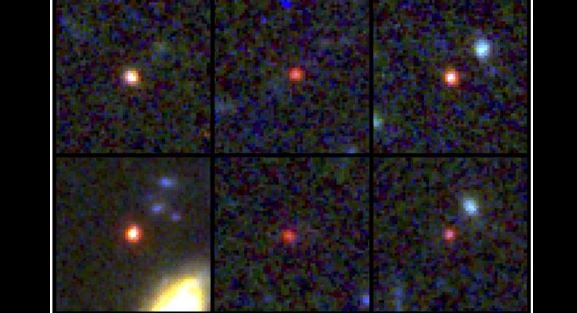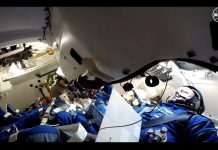
Feb. 22 (UPI) — Using images produced by NASA‘s James Webb Telescope, researchers confirmed Wednesday they discovered six known galaxies actually are much larger than first thought, raising questions about the formation of the universe.
Scientists from the United States, Spain, Denmark and Australia now believe the newly discovered true size of the six galaxies raises questions about the early years and formation of the universe, according to an article published in the journal Nature.
One week ago, NASA released images constructed from the telescope showing three clusters of galaxies coming together to form a megacluster.
The space agency in July released its first-ever full set of images from the $10 billion telescope.
The images have sparked almost two dozen separate research papers so far.
“These objects are way more massive than anyone expected,” assistant professor of astronomy and astrophysics at Penn State University Joel Leja said in a statement Wednesday.
“We expected only to find tiny, young, baby galaxies at this point in time, but we’ve discovered galaxies as mature as our own in what was previously understood to be the dawn of the universe.
“We started doing the modeling and tried to figure out what they were, because they were so big and bright. My first thought was we had made a mistake and we would just find it and move on with our lives. But we have yet to find that mistake, despite a lot of trying.”
Leja, who modeled light from the galaxies in question, and his fellow researchers found the star systems were as large or mature as the Milky Way at a time when the universe was just 3% of its present-day age. That goes back to between 500 million and 700 million years after the Big Bang.
“We looked into the very early universe for the first time and had no idea what we were going to find. It turns out we found something so unexpected it actually creates problems for science. It calls the whole picture of early galaxy formation into question,” he said.
Explaining their size would necessitate either altering the models for cosmology or changing our assumption of how galaxies formed during the early part of the universe, beginning as small clouds of stars and dust and growing over time.
“Either scenario requires a fundamental shift in our understanding of how the universe came to be,” said Leja, adding the images are at odds with 99% of cosmology, the area of metaphysics that deals with the nature of the universe.
The James Webb Telescope’s primary imager, the Near Infrared Camera gives scientists the ability to look back in time approximately 13.5 billion years. The instrument is the largest infrared telescope in space.
“This is our first glimpse back this far, so it’s important that we keep an open mind about what we are seeing,” Leja said.
“While the data indicates they are likely galaxies, I think there is a real possibility that a few of these objects turn out to be obscured supermassive black holes.
“Regardless, the amount of mass we discovered means that the known mass in stars at this period of our universe is up to 100 times greater than we had previously thought. Even if we cut the sample in half, this is still an astounding change.”





